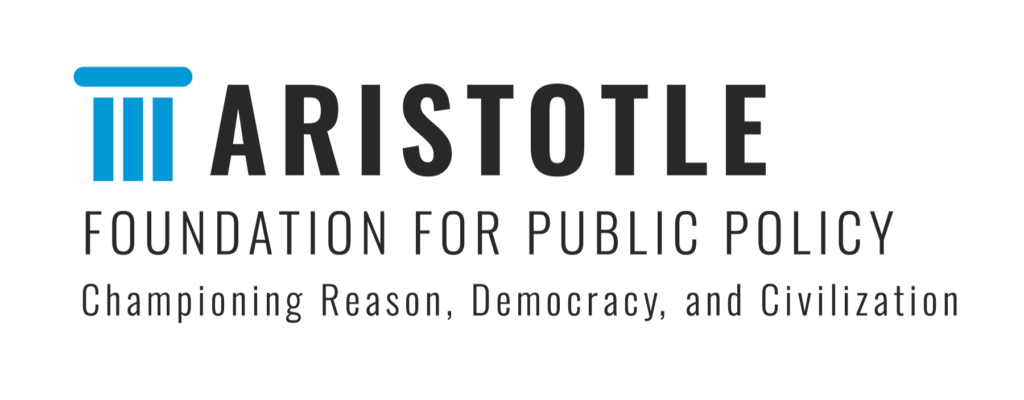

Marjorie Gann, Western Standard, September 10, 2023
When most of us hear the word ‘slave,’ we perhaps envision a black man picking cotton in the American South or cutting sugar cane on a Caribbean plantation.
But when I taught young people about this subject, I would show a collage of images, including a ragged Chinese girl, a child labouring in an Indian fireworks factory, a tall African in modern dress and an eighteenth-century English gentleman in a trim waistcoat and frilled white collar.
Understandably, when I asked my young audience, “Can you point to someone who is not a slave in this collage?” no one pointed to this elegant figure. But he — his name was John Jewitt — was captured in 1802 by a band of Nootka natives off the BC coast and spent two years as a slave to their king.
Nor was Jewitt the only non-native enslaved by indigenous people in what would later become Canada. In 1689, near Pemaquid Falls, NB, Maliseet natives attacked and brutally tortured English settlers, enslaving those they did not kill.
A century later, when the renowned Haudenosaunee chief Joseph Brant, Britain’s ally during the American Revolution, arrived in Upper Canada to settle, he brought with him Sophia Pooley, one of the thirty black slaves he had owned in America.
On the other side of the world, when the supply of American cotton to British textile mills declined during the American Civil War, Ottoman-ruled Egypt imported additional black slaves from Sudan to work their cotton fields and keep British mills supplied.
In China and Singapore, parents often sold their daughters into domestic slavery (and often concubinage) when the family was threatened with starvation. It was the British Colonial Office that put a stop to this practice in 1933.
In what today would be known as Zambia, it was white missionaries who protected runaway female slaves against their Afro-Arab pursuers in the late nineteenth century.
As an educator and writer of history for young people, I want students to recognize the range of people who have been enslaved, and the range of people who have enslaved them.
Slavery has been around for as long as human beings, practised on every continent, by people of every colour against people of every colour. I want students to know the story of slavery is not a history of unique western guilt.
Learning about world slavery offers an education with breadth and depth, posing probing questions within many disciplines: geography, sociology, political science, history, and art.
Why did slavery take different forms depending on location? How is chattel slavery different from serfdom, and how was serfdom in Western Europe different from serfdom in Russia?
What were elite slaves and how were they employed? How did (and do) totalitarian regimes such as Russia, China and Cuba employ punitive slavery to stay in power?
Where were female slaves preferred to male slaves and why? Where and why were slave armies (Janissaries, Mamluks) recruited?
In what cultures were gifted slave musicians, singers and dancers trained, and how were they employed?
A rounded history of slavery would teach students about the growth of anti-slavery sentiment.
It would examine the religious and intellectual roots of abolitionism (for example, Christianity and the Enlightenment) and ask students to think about why the only two significant abolition movements in history arose in English-speaking countries (Great Britain and the United States.)
It would also draw attention to the role of women in the anti-slavery movement, and how this influenced the later movement for women’s suffrage.
The saga of human enslavement is one of the saddest in the history of humanity; the saga of abolition is one of the noblest.
To even begin to understand these phenomena, students need to hear the voices of slaves such as John Jewitt and Sophia Pooley — stories that will speak to Canadian students.
They should be multicultural in the best sense of the word, spanning the globe and examining the social structures and customs of our fellow human beings with honesty, nuance and subtlety.
When it comes to enslaving our fellow human beings, there are no ethnic saints and no racial sinners — just human beings. Europeans enslaved Africans, but they purchased them from Africans who captured them upriver.
The Nootka of the west coast of Canada and the Maliseet of the east massacred, tortured, and enslaved Europeans. Haudenosaunee chief Joseph Brant enslaved blacks. As Americans were enslaving Africans to pick cotton on southern plantations, the Ottoman rulers of Egypt were importing slaves from Nubia for the same work.
Teaching that slavery was universally practised immerses students in factual, not romanticized, history. Eschewing selective finger-pointing, it acknowledges that all peoples have been capable of committing an evil that, until recently in human history, was not even recognized as such.
A universal history of slavery is not only historically accurate, which is important enough. In a country as diverse as Canada, it also sheds light on our common humanity — with all the good and all the evil that entails.
Giving students a nuanced understanding of our shared past will be critical in forming the next generation of Canadian citizens.
Marjorie Gann is co-author with Janet Willen of Five Thousand Years of Slavery and Speak a Word for Freedom: Women Against Slavery. This chapter excerpt is from the Aristotle Foundation’s new book, The 1867 Project: Why Canada Should be Cherished — Not Cancelled, edited by Mark Milke.
Like our work? Think more Canadians should see the facts? Please consider making a donation to the Aristotle Foundation.

The logo and text are signs that each alone and in combination are being used as unregistered trademarks owned by the Aristotle Foundation. All rights reserved.
The Aristotle Foundation for Public Policy is a registered Canadian charity. Our charitable number is: 78832 1107 RR0001.
SUBSCRIBE TO OUR NEWSLETTER